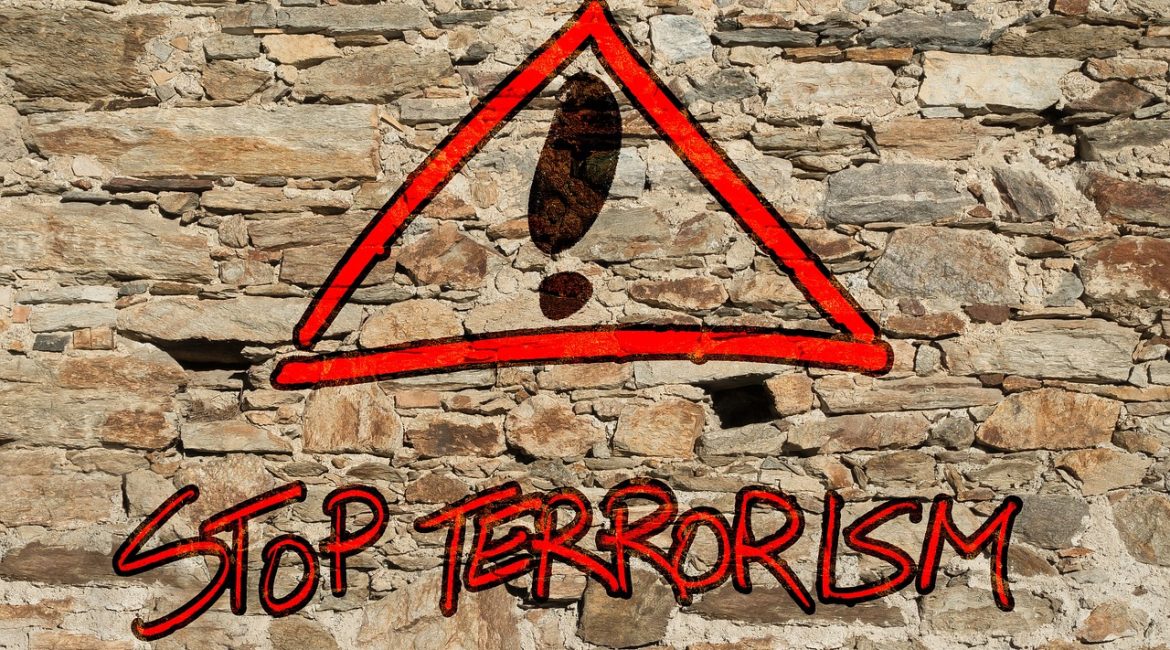Terrorist groups consider conflict zones as a suitable terrain to increase their illicit activities and guarantee the economic resources that allow them to exist. The more powerful the group is in the conflict zone, faced with a fragile State that does not control its territory, the more it is able to develop its criminal economic activities, such as arms and drugs trafficking, tax imposition and persons trafficking.
In areas with security problems, such as Iraq, Syria and Yemen, in areas that are difficult to access, such as the desert coastal strip, or in areas where the central authority of the State faces social and political challenges armed groups are engaged in various economic activities, seek to expand conflicts, weaken the legitimacy of the authority in place and start wars to extend their illicit activities.
In the Sahel region, kidnapping for ransom is one of the most lucrative activities of criminal groups, with revenues reaching $125 million only between 2008 and 2014, for example, which constitutes one of the main sources of income for Al-Qaeda in the Islamic Maghreb, in addition to arms and drug trafficking.
The Captagon drug trade has recently become popular in Syria, where several armed militias are active. In 2020, the value of Captagon smuggled from Syria reached $3.46 billion. In 2021, this value reached — according to the New Lines Institute for Strategy and Policy — to $5.7 billion. In addition, about 420 million Captagon tablets were confiscated.
In the ongoing conflict in Syria, the ISIS terrorist organization has engaged in Captagon smuggling operations. Moreover, militias cooperating with the authorities, such as Hezbollah and foreign armed groups, were the most dependent on this method of financing. Captagon laboratories spread, and smaller groups began to have their own laboratories to produce and traffic it.
Logistically, Captagon is manufactured in the areas of the Syrian conflict and smuggled through territories controlled by armed groups and militias with different affiliations and closely linked to drug trafficking at the regional and international levels. The objective is the illicit financing of terrorist operations.
At the time when ISIS occupied a large part of Syria and Iraq, it set up a complex system with the aim of confiscating the resources of the areas it controlled. It imposed taxes on oil well operators in the northeast, threatening to kill anyone who refused to pay, and imposed taxes on vehicles and schools, under the pretext of ensuring their “protection.”
The organization's resources, the incomes from extortion and the exploitation of resources in the occupied territories amounted to about half a billion dollars at the end of 2014, in addition to assets seized from banks, hydrocarbon resources, phosphates, agriculture and the trafficking of antiquities. The resale of hydrocarbons and raw products represented another preferred method of financing, because the product was resold to intermediaries and smugglers, who exported it to neighboring countries. A barrel of oil was sold for between 20 and 35 dollars, compared to 60 to 100 dollars on local markets.
The income generated by agricultural activities represented another opportunity for ISIS's enrichment, which carried out harvesting operations and confiscated machinery and equipment to rent them later, in addition to seizing crops, monitoring productions and storing them to control their distribution and marketing at the local level. All this was done by the criminal organization to control the local population, steal its resources and finance its terrorist operations.
ISIS has also been involved in large-scale antiquities trafficking, and there are no accurate statistics on the amount of looted wealth, as some estimates indicate that antiquities stolen in Syria are worth more than $10 million, most of them from active conflict zones.
Persons trafficking was another major source of income for ISIS. The organization blackmailed its victims, most of whom were foreign nationals, and forced them to pay ransoms. Among those kidnapped were those who were offered for sale or sexual exploitation. The value of human trafficking perpetrated by ISIS is estimated at between 20 and 45 million dollars, but these figures are purely indicative.
It is clear, after reviewing the operating methods of terrorist groups in conflict zones, when the central State is unable to impose its sovereignty, that these financing schemes are only implemented when they are based on coordination between armed groups and criminal groups. This is an alliance of circumstances and interests that generates profits for some groups and serves the political agenda of others.

